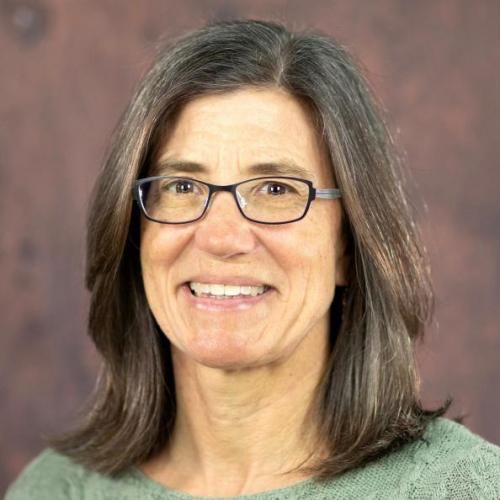Dependence of shear wave spectral content on acoustic radiation force excitation duration and spatial beamwidth
Shear Wave Elasticity Imaging (SWEI) has become increasingly popular to non-invasively characterize liver fibrosis. Generating adequate shear wave displacements in human liver in vivo can be challenging, especially in the high Body Mass Index (BMI) population being evaluated for Non-Alcoholic Fatty Liver Disease (NAFLD). Technical approaches to improve ARF-induced displacements include (1) using more aggressive focal configurations to generate higher peak force amplitudes, and (2) increasing the duration of the acoustic radiation force excitation. Using finite element method (FEM) models of Gaussian ARF excitations of varying spatial extent and temporal duration, we have demonstrated that shear wave velocity spectra are affected by both the spatial distribution and temporal duration of acoustic radiation force shear wave excitation sources. Shear wave spectra can be affected by the ARF spatial extent in the orthogonal dimension, which can be important when lateral:elevation excitation beamwidth anisotropies exist as a function of depth. Shear wave spectral content differences in different stiffness media are minimized for tightly-focused ARF excitations when using longer excitation durations, decreasing from ∼60% for 100 μs excitations to ∼10% for 1.5 ms excitations. These absolute and relative differences are significantly reduced for broader excitations. We have demonstrated similar trends experimentally using tissue-mimicking phantoms.


